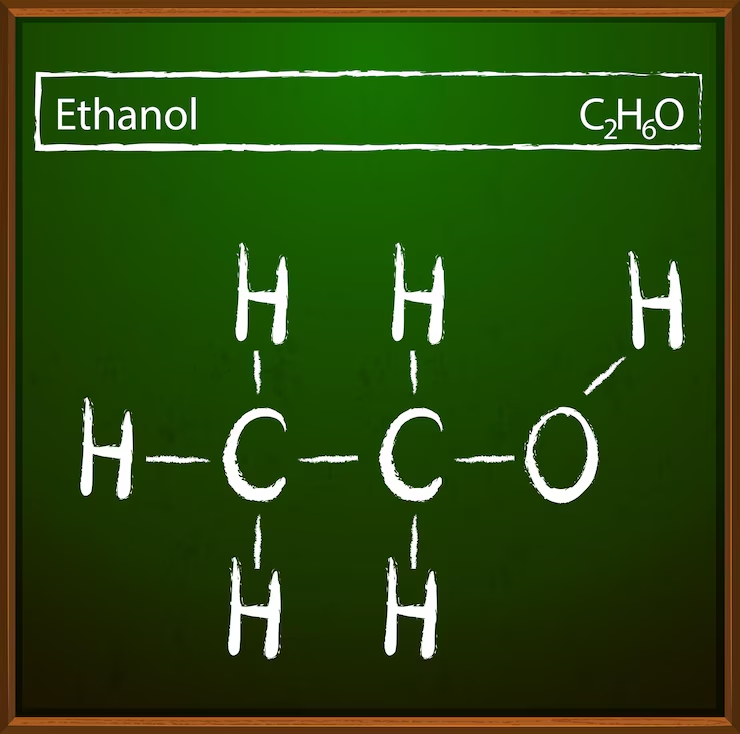Have you come across the formula HCOOCH2H2O and wondered what it actually means? At first glance, it may look confusing. However, once we break it down, you’ll realize it’s much simpler than it seems. This compound plays an interesting role in chemistry, especially in the world of esters.
In this guide, we’ll explore everything you need to know about HCOOCH2H2O—from its structure and formation to its uses and safety concerns. So let’s dive into the science behind this lesser-known but important compound.
What Is HCOOCH2H2O?
Decoding the Chemical Formula
The formula HCOOCH2H2O is a hydrated form of an organic ester. In basic terms, it’s a version of methyl formate (HCOOCH3) that has absorbed a molecule of water, forming a monohydrate.
To break it down:
-
HCOO: Represents the formate group (derived from formic acid)
-
CH2: Indicates a methylene bridge
-
H2O: Adds one water molecule, signifying hydration
So, HCOOCH2H2O is essentially methyl formate monohydrate, and understanding it is important in both academic and industrial chemistry.
Structure and Molecular Properties of HCOOCH2H2O
Molecular Geometry
HCOOCH2H2O has a relatively simple molecular structure. The molecule contains both polar (due to water) and non-polar components (due to the ester). This combination makes it soluble in various solvents and gives it unique chemical behavior.
Physical Characteristics
Here are the basic physical properties:
-
State: Liquid at room temperature
-
Boiling Point: Around 31.5°C (for methyl formate, slightly higher in hydrated form)
-
Smell: Sweet, fruity odor
-
Density: About 0.97 g/cm³
-
Solubility: Miscible with water, ethanol, and ether
How HCOOCH2H2O Is Formed
The Esterification Reaction
The formation of HCOOCH2H2O begins with a classic esterification reaction. Here’s how it works:
Formic acid (HCOOH) reacts with methanol (CH3OH) in the presence of an acid catalyst (like sulfuric acid). This produces methyl formate (HCOOCH3) and water.
Over time, methyl formate can absorb moisture from the air, especially in humid environments. When it does, it forms HCOOCH2H2O, the hydrated version of the ester.
Reaction Equation
Hydration:
Common Uses of HCOOCH2H2O
Industrial Applications
HCOOCH2H2O and its parent compound methyl formate are used across multiple industries. These include:
-
Solvents: For paints, coatings, and adhesives
-
Blowing Agents: Used in foam production
-
Pharmaceutical Intermediate: Plays a role in drug synthesis
-
Perfume Manufacturing: Due to its pleasant smell
Its fast evaporation rate and mild odor make it a preferred solvent in sensitive environments.
Laboratory Uses
In chemistry labs, HCOOCH2H2O is useful as:
-
A reagent in esterification and hydrolysis studies
-
A solvent in organic synthesis
-
A reference compound for teaching functional groups
It helps students understand how esters behave in both hydrated and anhydrous forms.
Chemical Reactions and Behavior
Reaction with Water
While HCOOCH2H2O is already hydrated, adding more water can lead to hydrolysis. This means it breaks down into its original components:
This reversible reaction is a hallmark of ester chemistry.
Behavior Under Heat
When heated, HCOOCH2H2O typically loses its water content and reverts to methyl formate. It can also decompose into formic acid and methanol at higher temperatures, especially in acidic conditions.
Is HCOOCH2H2O Harmful?
Safety Guidelines
Though not highly toxic, HCOOCH2H2O should be handled with care. Its volatile nature and ability to irritate skin or eyes call for proper precautions.
Safety tips include:
-
Always use gloves and goggles
-
Work in a well-ventilated lab or fume hood
-
Store it in tightly sealed containers, away from heat
First Aid Measures
If exposed:
-
Skin contact: Wash with soap and water
-
Eye contact: Rinse with water for at least 15 minutes
-
Inhalation: Move to fresh air and seek medical attention if symptoms persist
Environmental Considerations
Disposal and Impact
In small lab settings, disposal of HCOOCH2H2O follows standard organic waste protocols. However, in industrial use, it must be managed responsibly to avoid environmental contamination.
-
Avoid releasing into water bodies
-
Do not burn without a proper incinerator
-
Consult local regulations for disposal
Frequently Asked Questions (FAQs)
Is HCOOCH2H2O a Stable Compound?
Yes, it’s fairly stable under normal conditions. However, it can degrade if exposed to heat or strong acids/bases.
Can I Store HCOOCH2H2O Long-Term?
Yes, but only if you keep it in airtight containers and cool environments to prevent further hydration or degradation.
Does It Occur Naturally?
Not exactly. Esters like HCOOCH3 may occur naturally in fruits and flowers, but HCOOCH2H2O is typically a synthetic byproduct of storage or reaction in humid conditions.
Why HCOOCH2H2O Matters in Chemistry
Understanding HCOOCH2H2O helps you grasp larger concepts in organic chemistry, such as esterification, hydrolysis, and hydration. It also illustrates how compounds change based on environmental conditions like moisture and heat.
Whether you’re working in a lab or studying for an exam, recognizing compounds like this makes you a better chemist.
Final Thoughts
HCOOCH2H2O may not be a household name, but it plays a significant role in the world of chemistry. From industrial manufacturing to classroom demonstrations, its behavior teaches us valuable lessons about esters and hydration.
Now that you’ve explored its structure, reactions, and uses, you’re equipped with the knowledge to handle and understand this compound confidently. Remember, chemistry isn’t just about memorizing formulas—it’s about connecting those formulas to real-world science.

Leave a Comment